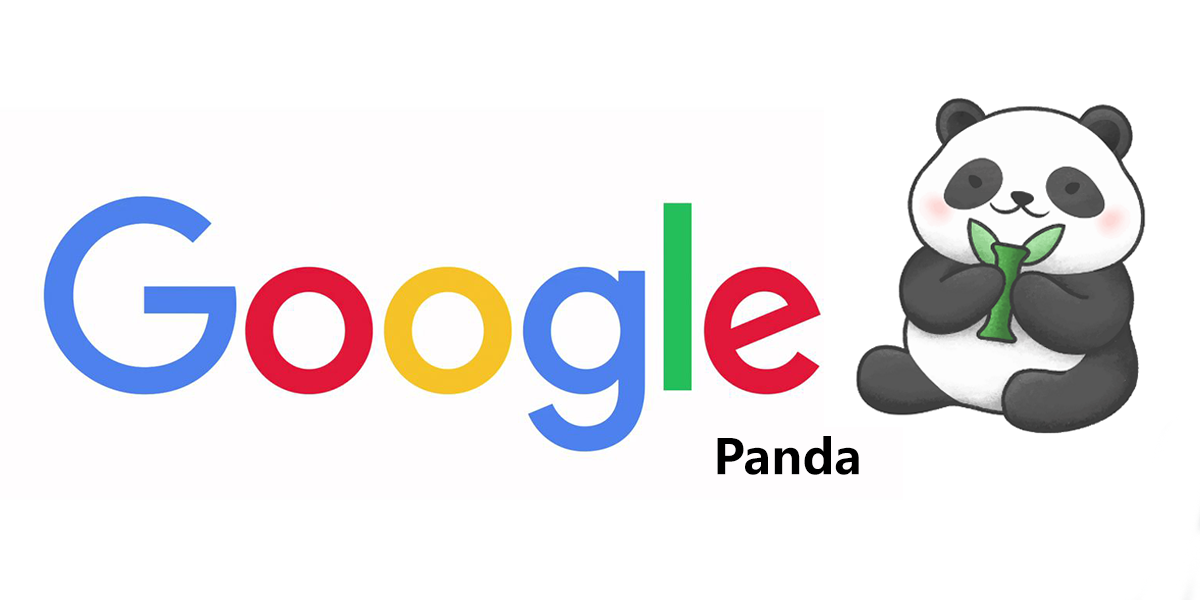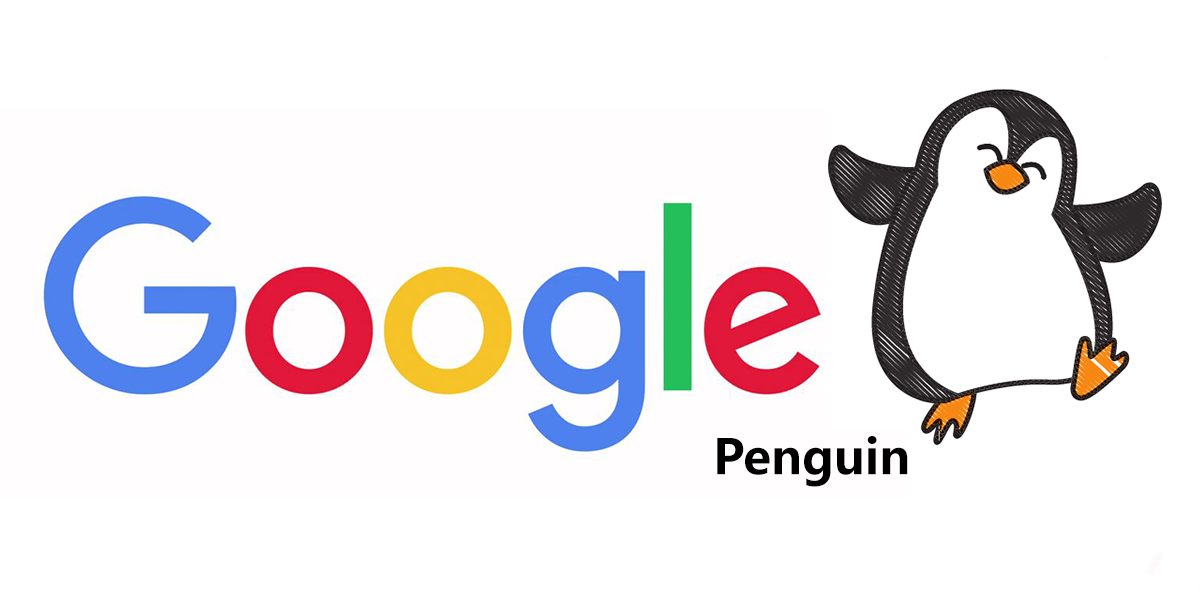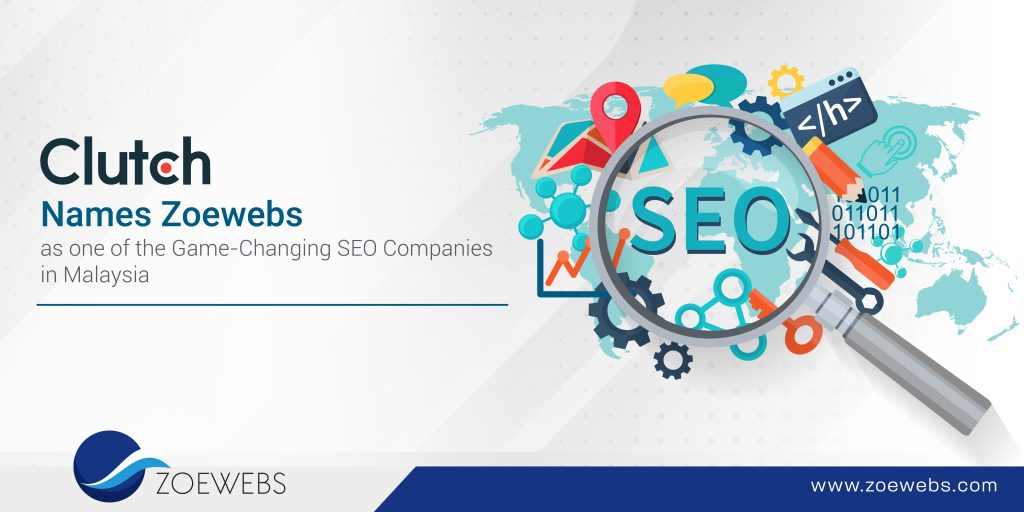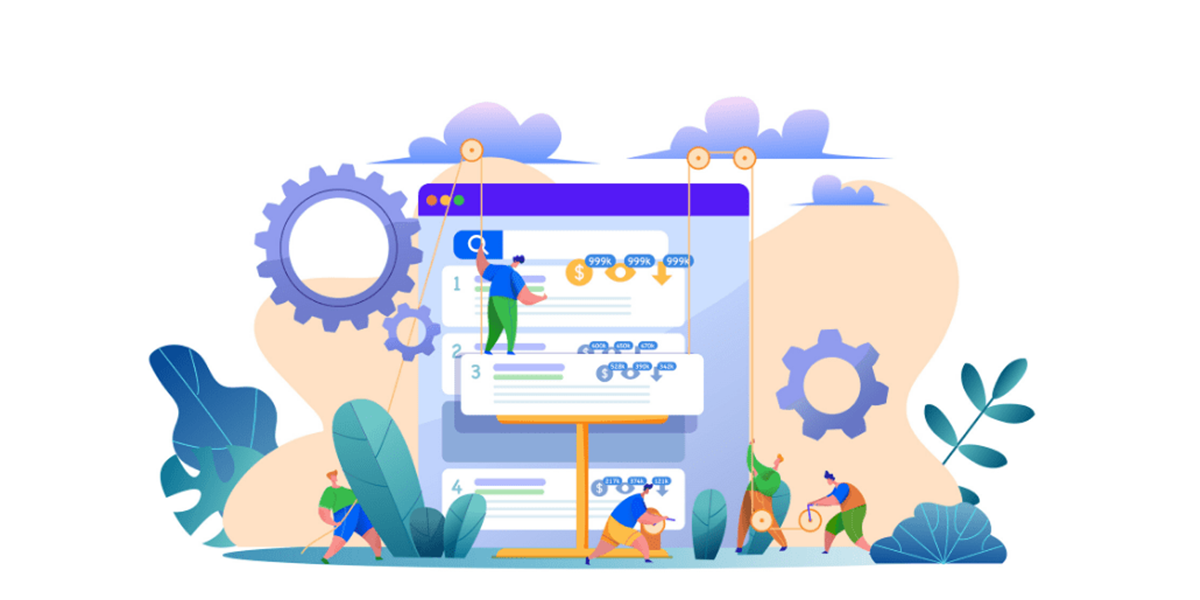When doing SEO (Search Engine Optimization), prioritize Google Algorithms. There are numerous methods as long as it ranks your webpages top. As we have shared Effective SEO Strategy in previous blogs, we learn that many aspects are considered by Google to rank a webpage. Nevertheless, the Google Algorithms are always updating and progressing with the times. Google is handling the algorithms better and also when it comes to preventing the bugs.
Now, let’s introduce the ‘hats’ in SEO: White Hat SEO & Black Hat SEO. They are the behaviors and strategies of building up SEO, being categorized as different hats.
Spoiler Alert: White Hat is the Hero while Black Hat is the Villain, hence the name.

White Hat SEO
#Rank without breaking the rules!
White Hat SEO, it’s also known as ethical SEO. It is the use of proper and recognized strategies to improve the ranking on a search engine results page (SERPs) due to the quality contents, optimized website, easy navigation, meta information and usefulness to users etc. Not about paid advertisements, but the organic search results.
Examples of White Hat SEO
White Hat SEO can be done according to the effective SEO strategies, following Google’s guidelines. More information and the details can be found in Content is King, Backlink is Queen, and Usability is Jack. The summarized White Hat examples are concluded below:

#1 Quality Content
First of all, the concepts of good SEO content are important. Knowing the purpose of your contents, who could get benefits from the contents and how you could help better. Content is King, a quality content is definitely boosting the SERPs (Search Engine Results Page). For instance, the concepts such as updated & fresh content, useful to users, unique & informative, easy to understand, localized etc.
#2 Authoritative Links
Again, Backlink is Queen. Links are one of the ways Google determines what information is likely to be useful to searchers, and they can be beneficial to websites if they are well-deserved. In addition, make sure to qualify your links to other sites, especially if you’re linking out to them. No broken link is one of the important factors! The more links you have, the more Google understands how popular and authoritative your website is.
Of course, the link must be relevant to your website and of high quality.
#3 Optimized Website
Website optimization is closely related to usability. For an effective SEO, other than contents, backlinks, Google also considers usability. For an optimized website, there are four elements listed by Google: appears correctly in different browsers, mobile-friendly, fast loading, and secure, as we mentioned before in Usability is Jack. An optimized website shows the advantage of using White Hat SEO as the strategies used are genuine .
Black Hat SEO
#Breaking the search engine policies! #SAY NO
Black Hat SEO, it’s also known as unethical SEO, which is deceptive, using the negative strategies to improve the SERPs. It focuses on manipulating search engine algorithms to rank pages for keywords that are often unrelated to the content of the page. These strategies are against the terms of service of the search engines, and they can lead to the site being blacklisted from the search engine.
Examples of Black Hat SEO
I’m sure you’ve been to a lot of websites that are confusing when the website shows different and unrelated contents neither what you’ve searched for nor what’s in the title. It’s actually controlled by the vice, Black Hat SEO. Below are some examples of Black Hat SEO that we should avoid:

#1 Keyword Stuffing
Keyword stuffing is the technique of cramming unrelated keywords into your content in order to control where the page ranks in search results pages. Unrelated keywords normally have little to no relationship to the content. They are frequently associated with all of the other black hat SEO approaches, making its use one of the most well-known of all black hat SEO techniques.
#2 Paid Links
As we all know, link building is one of the strategies for SEO, and it’s quite challenging. Hence, Black Hat SEO takes this advantage to play a role in link-building. For instance, purchasing links, link spamming, and links from problematic websites as we mentioned in Backlink is Queen. Even so, some websites are still applying the risky Black Hat SEO when the purchasing and selling of links is strictly prohibited by search engines such as Google.
#3 Sneaky Redirect
A redirect is the user being sent to a different URL from the one they clicked on the first time. Redirects should be utilized for the purpose for which they were created. This could happen if you change your website’s domain or combine two pieces of information. Redirects are used to guide navigation into and out of a website and for privacy protection. However, Black hat SEO uses redirects that contrast the purpose they are intended for, bringing users to other irrelevant websites.
Google Algorithms Updates
Why does Google update its algorithms?
Google makes hundreds of updates each year to the underlying algorithm it uses to generate search results. It’s to increase the relevance and quality of the results. There are a few significant algorithm changes as introduced below.
Google Panda

Google Panda is a major change to Google’s search results ranking algorithm that was first released in February 2011. With Google Panda, higher quality sites will rank top of the search results rather than low quality sites. After the initial implementation in February 2011, Google’s Panda underwent many modifications, and their impact became global in April 2011. Google issued an advice on its blog to assist affected publishers, providing some guidance for self-evaluation of a website’s quality.
Google Penguin

Google Penguin was a code name for a Google algorithm update that was first announced on April 24, 2012. The update was aimed at decreasing search engine rankings of websites that violate Google’s Webmaster Guidelines, which are the guidelines set by the search engine providers such as Google. The Webmaster guidelines are general best practices to help your site appear in Google Search.The guidelines are making things easier for Google. For instance, help Google to find/understand your pages and help visitors to use your pages. You may learn more about the guidelines by looking at Google’s Webmaster Guidelines.
Google Hummingbird

Hummingbird is the codename given to a significant algorithm change in Google Search in 2013. “Hummingbird” prioritizes natural language inquiries over particular keywords, emphasizing context and meaning. It also crawls deeper into material on specific website pages, giving it a better chance of directing users to the most relevant page rather than just the homepage.
Summary



| First Launch | 24 February 2011 (Last Update in 2013) | 24 April 2012 (Last Update in 2013) | August 2013 |
| Also Known As | Farmer Update | Web Spam Penalty | Semantic Search Update |
| Nature | Penalty, based on low quality | Penalty, based on low quality | A change of the nature ranking algorithm (no penalties issued for separate sites) |
| Goal | To target sites with low-quality content and display them lower in search results | To target web spam such as sites which are not following Google guidelines and manipulating Google rankings | To make Google respond not simply to keywords in a query, but to users’ actual search intent behind these keywords |
| To Prevent |
|
|
|
How Google Algorithms Changes Over Years
Google Algorithms has made significant changes over the years, and the changes of policies are improving the quality of websites significantly. It provides better user experience and smarter algorithms to detect bugs/Black Hat SEO.

#1 No More Keyword Stuffing
Black-hat keyword stuffing techniques are banned so there will only be proper and natural keywords placement in the content.
#2 Content Quality Over Quantity
No numerous, non-essential pages ranked top because Google prioritizes well-written and informative content.
#3 Prioritization of Mobile
Google now rewards sites that are mobile friendly. Using the mobile version of your site for indexing and ranking when surfing the Internet using mobile devices is a norm nowadays.

#4 A New Focus on Local SEO
Google My Business and location-specific keywords are considered. Localization helps users especially when they search for something “near me” such as “badminton court near me”, or “gym near me” .
#5 The End of Link Schemes
Buying fake links is avoided where the natural link building ways are guest posts or gaining backlinks from relevant and authoritative websites or directories.

Every update makes Google better.
For more detailed Google Algorithms Update History information, please read here. Long story short, SEO in the past was all about doing stuff based on the search algorithm but algorithms now are all about relevance, quality and users intent. It is good to create better engagement between users and the websites. So, we must prioritize and always follow the guidelines of Google Algorithm, especially the White Hat SEO for a better ranking!
Do you wish to know more ideas/tips about Google Algorithms for SEO? Feel free to contact us, Zoewebs where we could provide MORE with detailed, organized, professional advice on it. Let’s discuss how we can work together to reach your goals!













